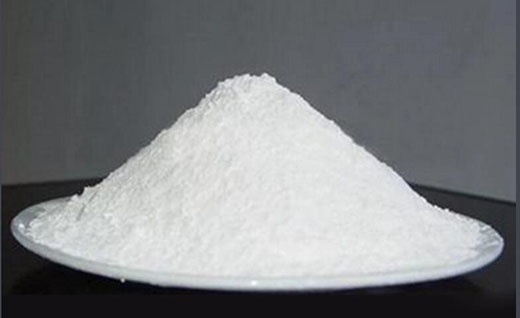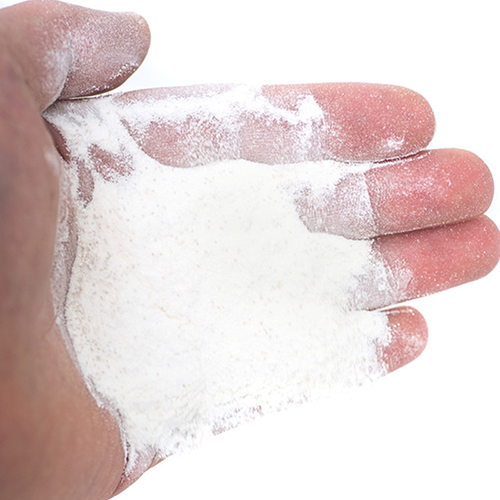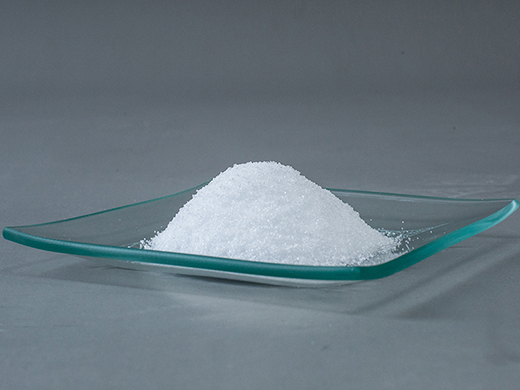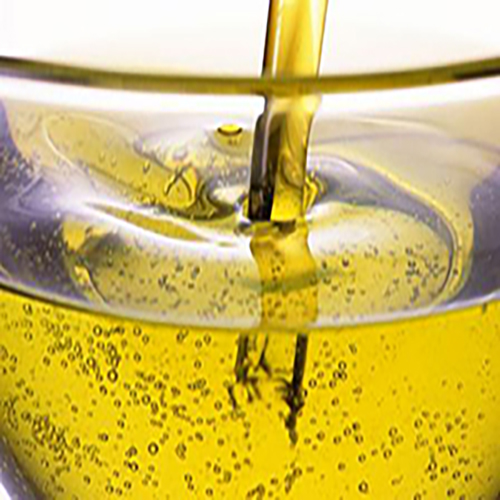Active Pharmaceutical Ingredients (API), popularly speaking, are the raw materials of medicines, only pharmaceutical raw materials are processed into pharmaceutical preparations , can they become medicines available for clinical use, so drugs we usually eat are the finished drugs through processing. Active Pharmaceutical Ingredients based on its sources can be divided into two major categories ,including chemical synthetic drugs and natural chemical drugs. Chemical synthetic drugs can be divided into organic synthetic drugs and inorganic synthetic drugs. Inorganic synthetic drugs are inorganic compounds ( very few is element), such as aluminum hydroxide, magnesium trisilicate which are used for the treatment of gastric and duodenal ulcers ; organic synthetic drugs are mainly composed of drugs made by basic organic chemical raw materials, through a series of organic chemical reactions (such as aspirin, chloramphenicol, caffeine, etc.). Natural chemical drugs ,based on its sources,can be divided into two categories including biochemical drugs and plant chemical drugs. Antibiotics are generally made by the microbial fermentation, which belongs to the biochemistry category. A variety of semi-synthetic antibiotics occurs in recent years,which are biosynthesis and chemical synthesis combining products.Among active Pharmaceutical Ingredients, the organic synthetic drugs varieties, yields and values have the largest proportion,which are the main pillars of the chemical and pharmaceutical industries. The quality of active Pharmaceutical Ingredients decides whether the formulation is good or bad , so its quality standards are very strict ,countries in the world have developed national pharmacopoeia standards and strict quality control methods for its widely used active Pharmaceutical ingredients.
Emtricitabine---A potent, synthetic nucleoside reverse transcriptase inhibitor.
Emtricitabine ( FTC) is the negative enantiomer of a thio analog of dideoxycytidine with a fluorine in the 5 position. Emtricitabine is a potent, synthetic nucleoside reverse transcriptase inhibitor w
Apr 18,2022 APIWhat is Abacavir sulfate?
Abacavir sulfate (also known as 1592U89) is a carbocyclic nucleotide analog that received US Food and Drug Administration (FDA) approval in 1998 for the treatment of HIV infections .
Apr 15,2022 APIA potent inhibitor of HIV and hepatitis B virus---Lamivudine
Lamivudine is the negative enantiomer of 2u-deoxy-3u-thiacytidine, the racemic mixture of the two enantiomers previously known as both BCH 189 and GR103365X.
Apr 15,2022 APIMechanism and side effect of stestolone
RAD140, also known as testolone, is a new investigational drug which has become popular among bodybuilders, who claim that it has muscle-building effects. RAD140 belongs to a class of compounds called
Apr 15,2022 APIMechanism and adverse effects of Molnupiravir
Molnupiravir is a product that the FDA is allowing to be given for emergency use to treat COVID-19.
Apr 15,2022 APIMechanism and side effects of Quinine
Quinine is a medication used to treat malaria and babesiosis.This includes the treatment of malaria due to Plasmodium falciparum that is resistant to chloroquine when artesunate is not available.
Apr 15,2022 APIThe different applications of Hydroxyethyl cellulose
Hydroxyethyl cellulose (HEC), chemical formula (C2H6O2)n, is a white or light yellow, odorless, non-toxic fibrous or powdery solid composed of alkaline cellulose and ethylene oxide
Apr 15,2022 APIThe preparation method of 5-hydroxymethylfurfural
5-Hydroxymethylfurfural is an organic substance with a molecular formula of C6H6O3 and a molecular weight of 126.11.
Apr 15,2022 APIDifferent applications of erythritol
Erythritol is a bulk sweetener, a four-carbon sugar alcohol with the molecular formula C4H10O4. Erythritol is widely found in nature, such as fungi mushrooms, lichens, melons and fruits, grapes, pears
Apr 15,2022 APIToxicological data and environmental behavior of pyrene
Pyrene is an organic compound with chemical formula C16H10, light yellow monoclinic crystal (pure product is colorless), aromatic, combustible, insoluble in water
Apr 15,2022 API









